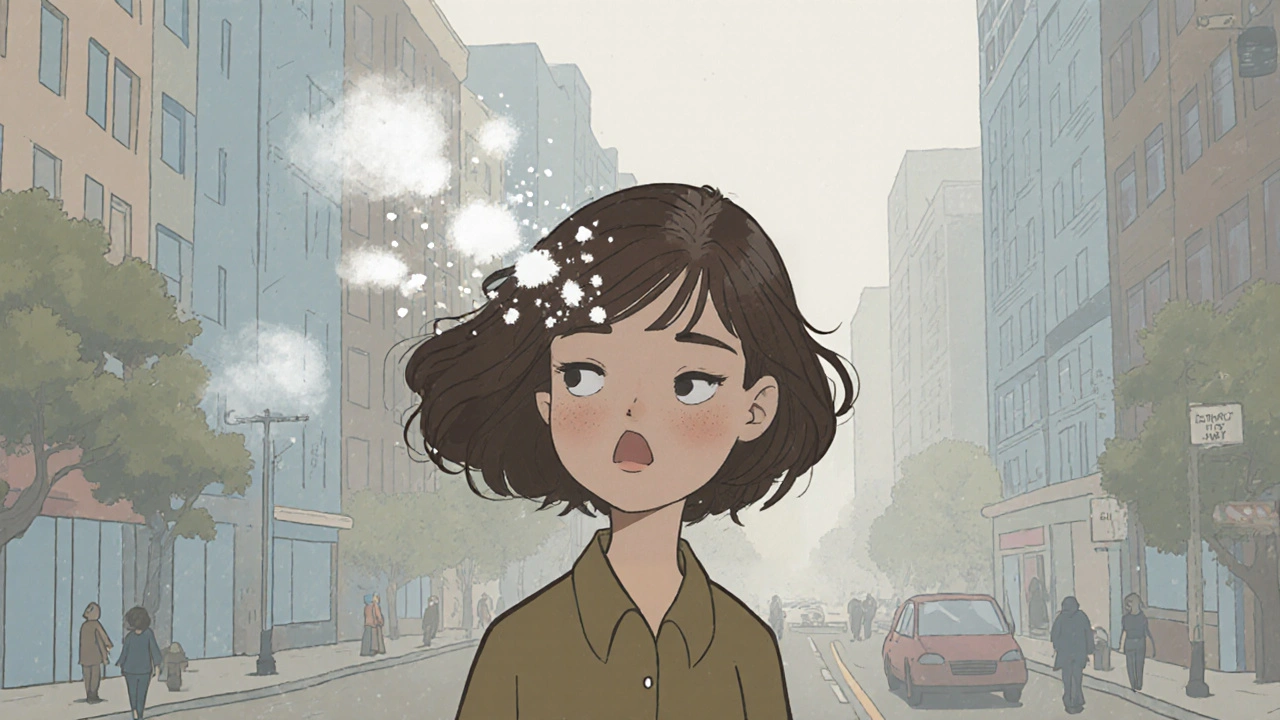UV Radiation: Effects, Risks, and Protection
When working with UV radiation, the invisible energy from the sun that reaches Earth as ultraviolet light. Also known as ultraviolet rays, it arrives in three bands – UVA, UVB, and the mostly filtered UVC – each with its own punch. UV radiation can break down DNA, trigger skin aging, and spark a cascade of chemical reactions in the body. To keep that power in check, people turn to Sunscreen, a topical product that absorbs or reflects ultraviolet light to protect the skin. Sunscreen works by forming a barrier that either scatters photons or converts them into harmless heat, effectively lowering the amount of UV that reaches living cells. This simple tool shows how a small daily habit can cut the odds of serious damage, proving that managing UV radiation is less about avoidance and more about smart moderation.
Health impacts and the body’s response
Beyond the obvious sunburn, chronic exposure to UV radiation fuels the development of skin cancer, malignant growths that arise when UV‑induced DNA errors escape repair mechanisms. Melanoma, basal cell carcinoma, and squamous cell carcinoma each trace back to the same mutagenic trigger, but they differ in aggressiveness and treatment pathways. On the flip side, a measured dose of UV radiation kick‑starts the skin’s synthesis of vitamin D, a fat‑soluble vitamin essential for bone health, immune function, and hormone regulation. The body balances this benefit against risk by regulating how much UVB penetrates the epidermis, a process that varies with skin type, latitude, and season. Eye health isn’t spared either; UV exposure can erode the cornea and lens, leading to cataracts and macular degeneration over time. Understanding these dual outcomes helps readers weigh short‑term pleasure against long‑term safety.
Practical steps start with the UV index, a numeric scale that measures sun intensity and predicts skin‑burn risk. A high index signals the need for broader protection – wide‑brim hats, UPF clothing, and generous sunscreen re‑application. Timing matters too; mid‑day sun carries the strongest UVA and UVB, while early morning or late afternoon light is gentler. For those with skin conditions like psoriasis, controlled exposure through phototherapy harnesses UV radiation in a clinical setting to slow cell growth, illustrating that the same energy can be therapeutic when dosed precisely. By checking the UV index, choosing the right sunscreen SPF, and planning outdoor activities wisely, anyone can enjoy sunlight without paying the hidden price. Below, you’ll find a curated list of articles that break down these topics further, from detailed medication comparisons to lifestyle tips that keep your skin safe and your body thriving.

Pollution and Climate: How They Trigger Hair Loss
Explore how air pollution, climate change, UV radiation, and heavy metals affect hair loss, and learn practical steps to protect your scalp and keep your hair healthy.
